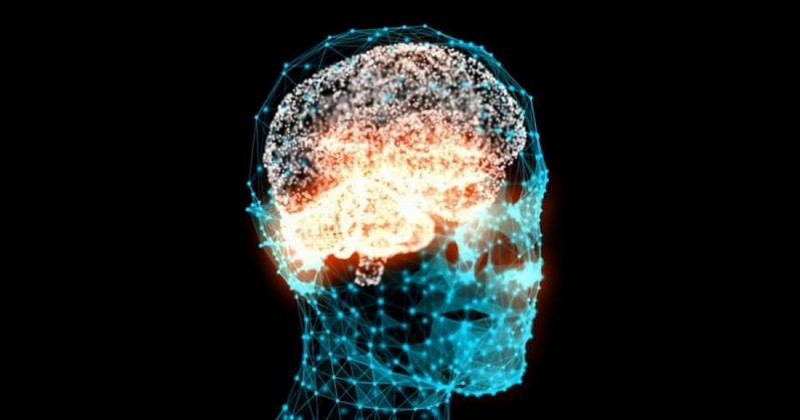The use of neurofeedback in the treatment of addictions.

A summary of how Neurofeedback works in patients who want to overcome an addiction.
Addictions are, at the same time, one of the most frequent neurological and behavioral disorders, and they are also part of the pathologies that require urgent treatment due to their dangerousness and the way in which they harm not only those who develop them in their own flesh, but also the people around them.
Fortunately, in recent decades psychotherapeutic resources have been developed that make it possible to treat addictive disorders beyond medical intervention. In this article we will focus on one of them: Neurofeedback applied to the treatment of addictions..
What is neurofeedback?
Neurofeedback is a method of psychological intervention based on the idea of providing real-time information about brain activity to the subject from whom the information is extracted. That is to say, a loop of information is created that goes from the nervous activity of the person's cerebral cortex to the person's of the person to the person's perception system, which in turn alters the brain's activity patterns.
It is a non-invasive and totally painless procedure.Although the activity that takes place inside the skull is recorded, it is not even necessary to go through the skin to achieve this. It is sufficient to place a series of sensors on the head, which respond to electrical activity at a distance. The information collected by the sensors is processed by specialized software and displayed on a screen in front of the eyes of the person on whom the intervention is applied.
This procedure, which as we shall see has potential as a psychotherapeutic resource, is part of a more general category of psychological and medical intervention methods known as Biofeedback. a more general category of psychological and medical intervention methods known as biofeedback.. The particularity of neurofeedback is that the information recorded in this process is always from the neuronal activity of the brain, while in the other forms of Biofeedbak it is possible to opt for other types of recordings by applying sensors to many other parts of the body, not just the head.
Its application to addiction cases
These are the benefits of neurofeedback used in the context of addiction treatment.
1. It helps the person to detect feelings of vulnerability.
Neurofeedback makes people with addictions familiar with those feelings that precede a higher risk of relapse.This process involves being "trained" to look at the psychological processes taking place in oneself.
2. Helps to recognize the effectiveness of distress management techniques.
As with neurofeedback, it is possible to see in real time the consequences of the psychological techniques applied on oneself (as one can see the changes in (since changes in brain activity are seen instantly, without delay), it is much easier to determine what works, how it works, and how its effects are spreading.
3. Keeps tempting situations at bay
During the neurofeedback sessions, the person performs various imagination exercises related to the presence or absence of the element to which he/she has become addicted. This helps to see which contexts are the most risky ones.The first step is to identify the situations in which control can be maintained, without compromising one's ability to give in to the impulse to relapse.
In this way, an ascending difficulty curve is followed, starting with situations that are relatively easy to manage, and ending with those that, if they do not generate a very intense disturbance in the person's mental activity, indicate that the addiction is in clear remission.
Of course, we must bear in mind that technically addictions never disappear completely (although it is possible that they may never relapse), and being aware of this is key precisely to avoid letting them advance or situations of risk of relapse catch us off guard.
Bibliographical references:
- American Psychiatric Association (APA). (2013). Diagnostic and statistical manual of mental disorders (5th ed.). Arlington, VA: American Psychiatric Publishing.
- Basmajian, J.V. (1989). Biofeedback: Principles and practice for clinicians. Baltimore: Williams and Wilkins.
- Carrobles, J.A. (2016). Bio/neurofeedback. Clínica y Salud, 27(3): pp. 125 - 131.
- Kalivas, P.W., Volkow, N.D. (2005). The neural basis of addiction: a pathology of motivation and choice. The American Journal of Psychiatry. 162(8): pp. 1403 - 1413.
- Kauer, J.A.; R.C. Malenka (2007). Synaptic plasticity and addiction. Nature Reviews Neuroscience. 8(11): pp. 844 - 58.
(Updated at Apr 13 / 2024)